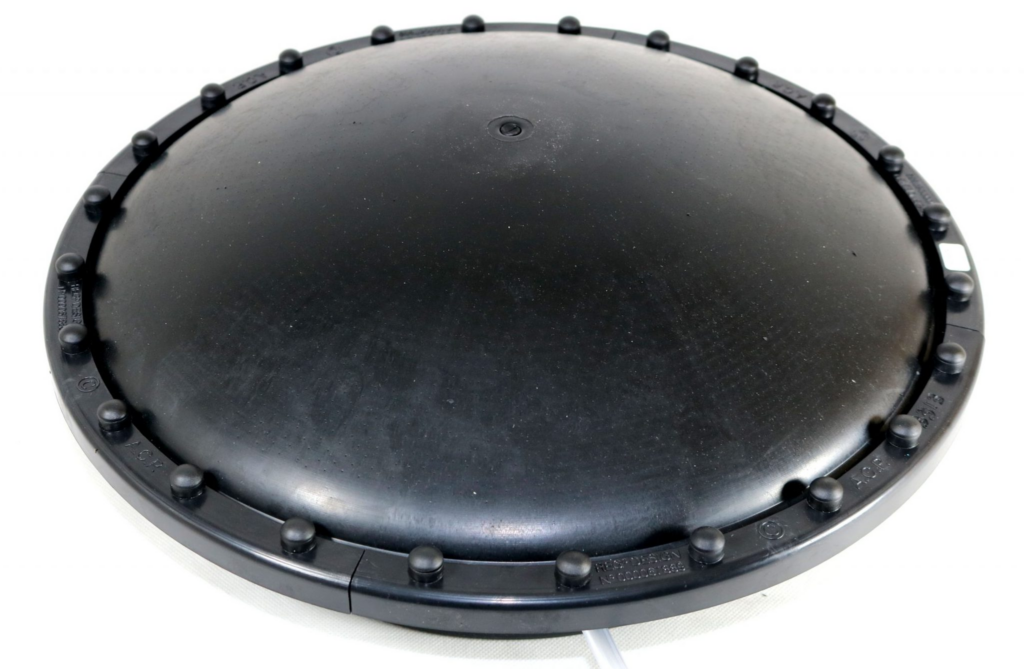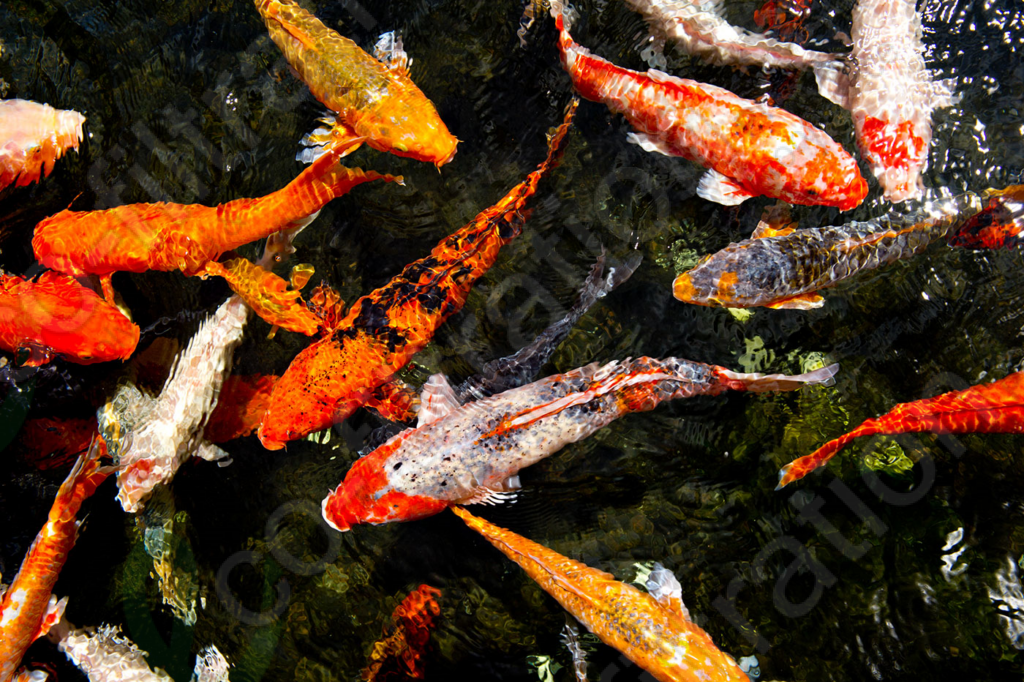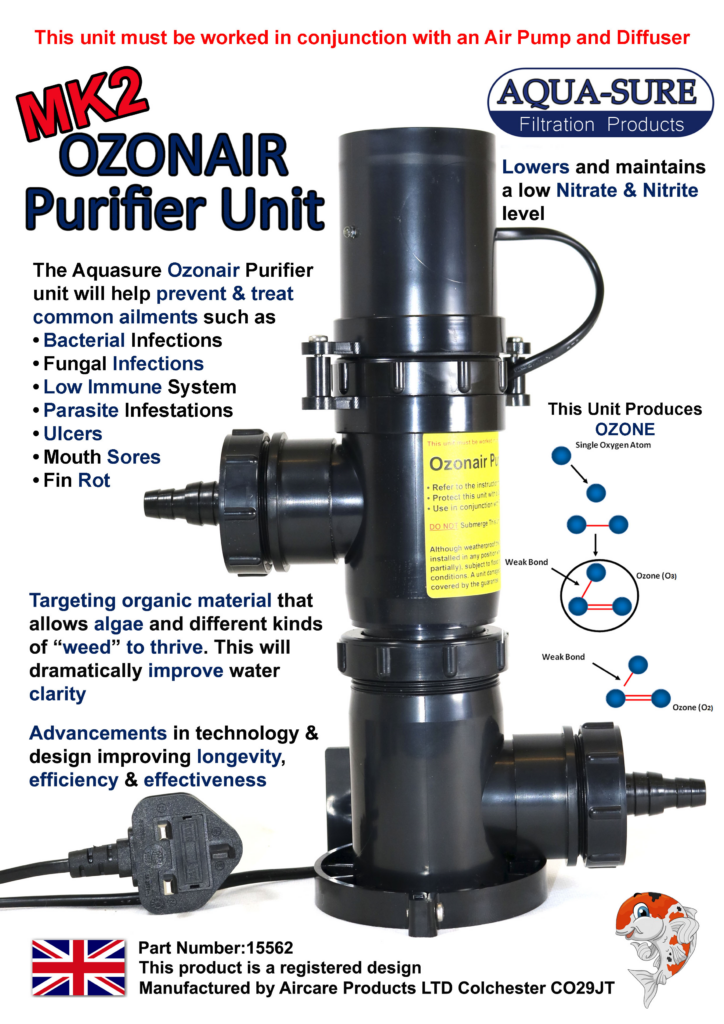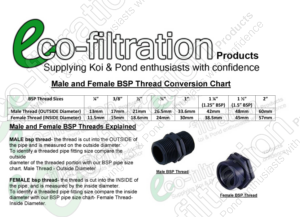Role of Lactic Acid Bacteria & Benefits
Role of Lactic Acid Bacteria – Lactic acid bacteria (LAB)
Free UK Delivery on All Orders Over £49
Free when you spend over £49
99% of Products Manufactured In the UK
Email: enquiries@eco-filtration.co.uk
In this short article, I’m hoping to clarify a few questions that some might have and put to bed a few “rumors” that surround ozone and the MK2 Ozonair unit.

To do this we contacted Air Care Products, the manufacturer of the Ozonair unit and other steeple products in the koi and pond trade which have been manufacturing water and air purification systems for over 50 years.
Is Ozone dangerous? – Ozone is a potent oxidizer and can be fatal if implemented in the wrong dosage, an ORP above 700 mV would kill any type of aquatic life within minutes. However, the Ozonair unit has been designed to produce a small dosage of (500mg)of Ozone per hour. Providing that the correct dosages are used and ORP is monitored on a regular basis there will be no detrimental effects. The Ozonair unit introduces ozone directly to the water via aeration, the bubbles from the aerator contain a low amount of ozone gas. The bubbles travel from the aerator directly up to the water’s surface and are expelled, meaning the ozone has very little contact time with the water or little opportunity for the highly reactive hydroxyl radicals to interact with the beneficial bacteria in the pond. When ozone gas is introduced into pond water, the chemical reaction is instantaneous. After oxidation, it returns to its original form of oxygen without leaving behind any toxins or byproducts that could hurt the aquatic ecosystem.

Air Care Products have been manufacturing and distributing the Aquasure Ozonair units globally since the early 2000s, During this time it has been implemented in a multitude of fresh and saltwater applications from Tropical fish egg tumbler tanks, large-scale koi breeders/wholesalers, trout farms and right through to the pond hobbyist. In this time there have been NO reports of any detrimental effects whatsoever to any type/breed of fish of any size or age. All ozone has been introduced to the water directly via aeration and all fish have been exposed directly to the bubbles.

Will Ozone Damage My Bottom Drain? – There seems to be a lot of speculation regarding how quickly ozone will attack and break down bottom drains and aerators. Ozone will degrade some plastics faster than others depending on their Ozone resistance levels. polymers such as PVC, Viton, HDPE, Silicone PVDF, Butyl and PTFE are rated “A” in ozone resistance making them completely ozone stable. Polymers such as ABS, Polyethylene and EPDM are rated “B”, ozone will affect “B” rated polymers but from our own experience, this happens over many years when exposed to the dosages that the Ozoneair unit produces. However Nylon is classed as “D”, Nylon is used in the vast majority of air fittings, and we have found this to be the only material that has been affected by the ozone again this is still over a period of 8-10 months. This isn’t too dissimilar to the effects a Nylon fitting would succumb to if exposed to direct sunlight (UV)
Air Care Products produces a range of aerated bottom drains, weighted suction domes and free-standing aerators. The Aqua-Jet aerator range incorporates models with perforated rubber membranes and models with perforated hose. All products have been extensively tested and used in conjunction with the Ozoneair units and NO DAMAGE HAS BEEN FOUND to any of the products. the only item found to break down over an 8-10 month period was the Nylon air fittings used in the construction of some of the aerators, however, All Nylon components are easily replaced. Due to Air Care Products being an injection moulding company they have the expertise and experience to know what polymers are suited for their desired application.

Air Care Products purposely designed the Aqua-Jet Aerator range to be used in conjunction with the Ozonair unit, all materials and polymers used are designed to withstand many years of exposure to ozone.
Other aerated products on the market that are not manufactured by Air Care Products have not been tested in conjunction with the Ozoneair unit so no comment can be made in regards to their ozone resistance properties. However, if similar materials have been used in the construction of the aerators like the ones used in the Aqua-Jet range manufactured by Air Care Products there is no reason to believe they wouldn’t be suitable to be used in conjunction with the Ozonair units

SUBAIR Bottom Drains – If the application of a “hidden airline Bottom Drain” is used it is advised that ozone should not be used. If ozone is being added to a system it is recommended that all airlines and fittings are easily assessable and can be maintained if required
Where to install the Ozonair unit?– Although weatherproof (IP45), The Aquasure Ozone Purifier Unit MK2 should not be installed in any position where it might be submerged (fully or partially), subject to flooding, puddling, freezing or extreme conditions. A unit damaged due to any of the above is not covered by the guarantee
The Ozonair unit should only be used in a well-ventilated application like an open pond/outside tank. If an inside application is required please ensure suitable ventilation is installed.
Recommended Airflow– The Ozonair unit can be used in conjunction with any sized air pump. providing that the air is fully exhausted through the desired aeration methods, for example, an air pump of 45LPM run in conjunction with a HI-BLO aerator will ensure suitable airflow through the unit while still offering superb effects in regards to oxidation potential.
The more air that is passed directly through the unit the better, this will firstly offer more ozonated air to be pumped into the pond and secondly keep the ozone cell cool.
Getting the most out of your Ozonair Purifier– To get the best out of the Aquasure Ozonair unit it is recommended that it is used in conjunction with an aerator from the Aqua-Jet Air diffuser range, The Aqua-Jet aerator range has been designed especially with the Aquasure Ozone Purifier unit MK2 in mind. The range of aerators produces a huge plume of fine bubbles that maximize the saturation of Ozone in the water, ensuring maximum efficiency and effectiveness
Is my pond too large for this little unit? – Despite The Aquasure Ozonair unit only admitting a small dosage of ozone,the ORP will continue to rise vus still resulting with the desired effects even on the largest of applications. The only difference will be the time taken to increase the ORP. For example, a 10,000 gallon pond will take twice as long to achieve an ORP of 300mV compared to a pond of 5000 gallons.
The more conventional ultraviolet sterilizers will only treat air/water that comes into contact with the UV bulb or quarts. After the air/water has passed through and out of the UV unit the sterilization process will stop. The oxidation reaction produced by the Ozonair purifier unit works differently, even after the air/water has passed through and out of the unit and is not in contact with the ozone cell. The oxidation reaction will still accrue and carry on treating any oxidizable substances that are present.
Should I Use Ozone & UV together? – it is advised that an ultraviolet sterilizer is used in conjunction with the Aquasure Ozonair unit, this ensures maximum treatment potential for all ponds

Bio/Fluidized Filtration Beds – it is advised that ozone is not introduced directly into a biological filter of any sort, ozone will oxidize any bacteria it comes in contact with, good or bad.
Medication – If the application of treatment/medication is added into the water it is advised that the Aquasure Ozoneair unit is turned off for a period of 96 hours before adding treatment of any sort. once added it it advised that the unit should stay off for a period of 168 hours. this will ensure the added medication will not be oxidized by the ozone


Role of Lactic Acid Bacteria – Lactic acid bacteria (LAB)
Below is a short article explaining the benefits of clay

How to Measure Your BSP Fittings When it comes to